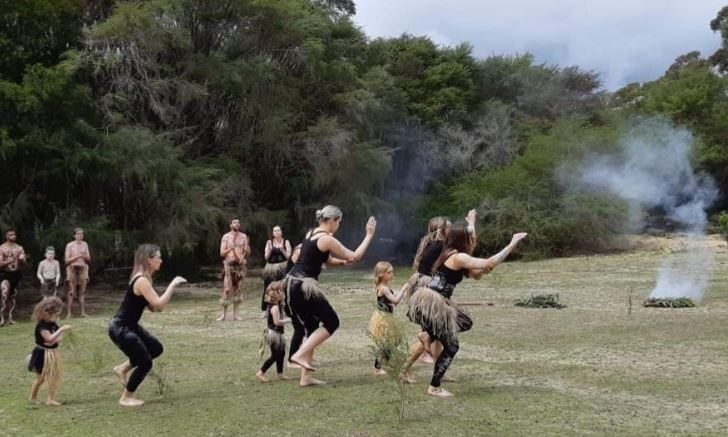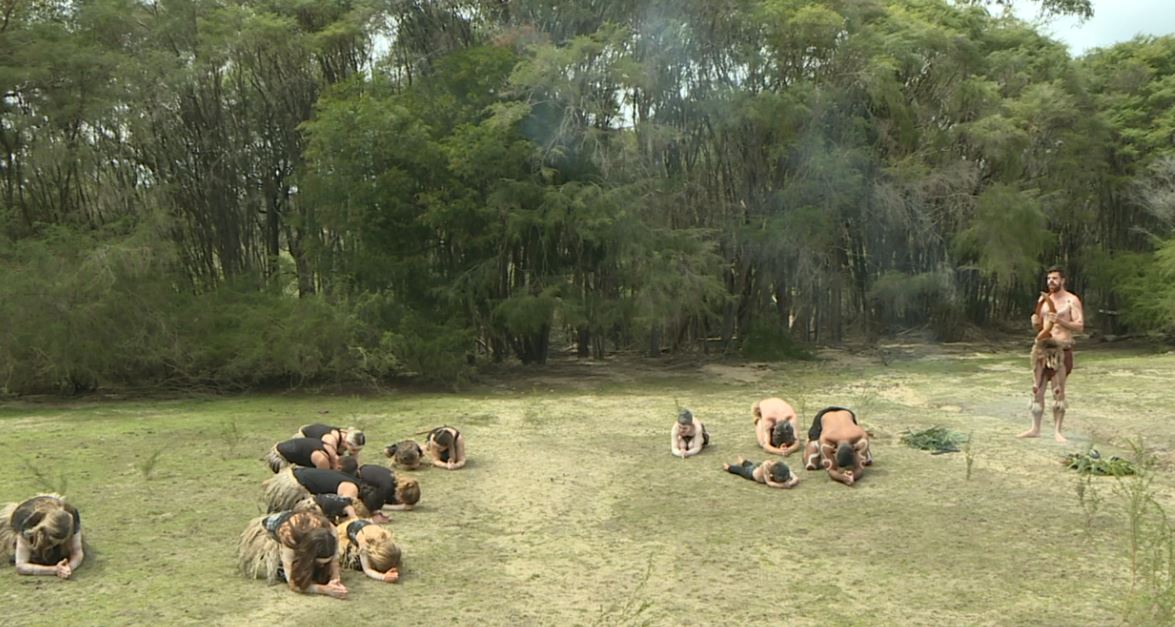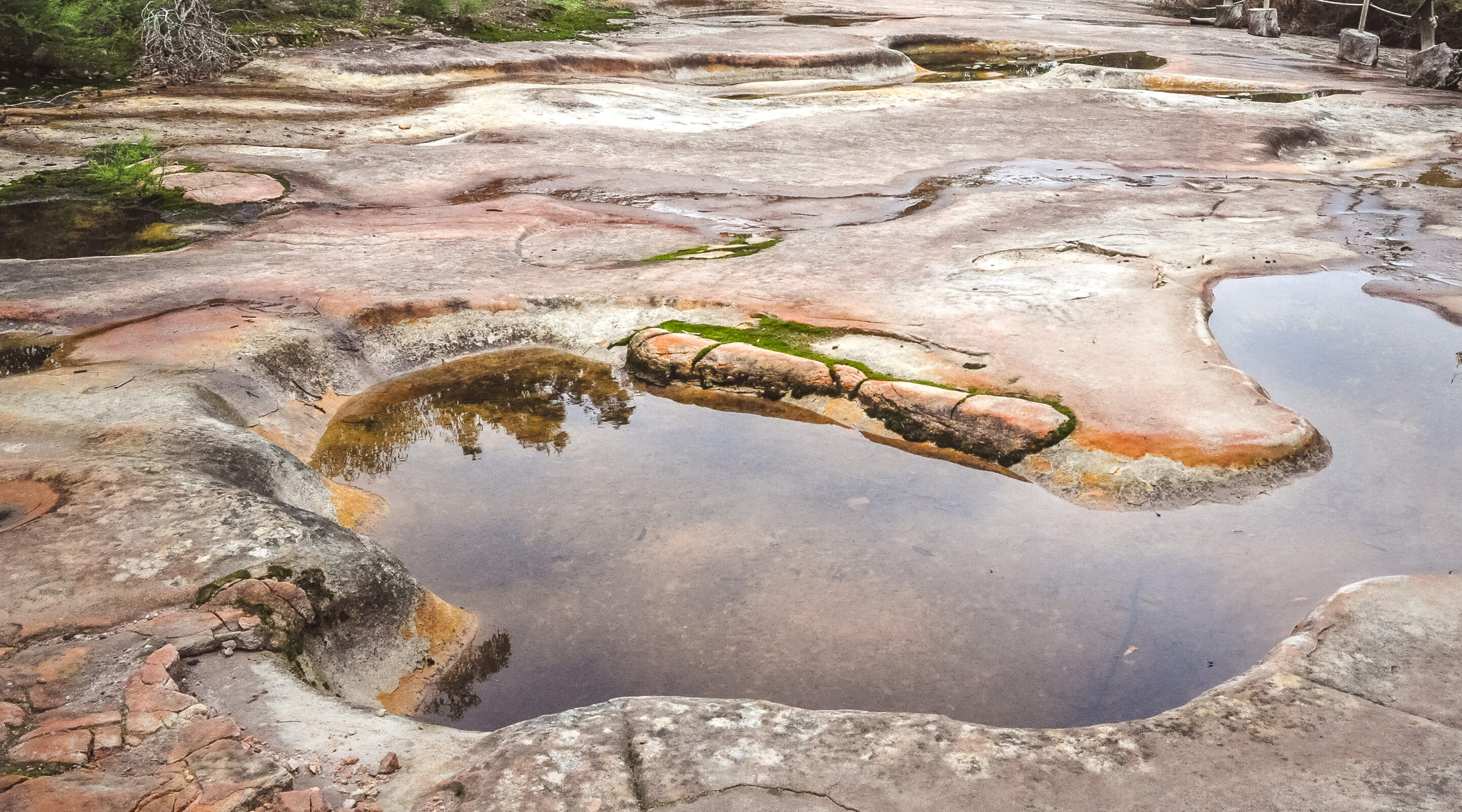
Aboriginal women from the Central Coast in New South Wales are “ecstatic” following the announcement that one of their sacred sites will be heritage listed.
The victory follows a 15-year battle to protect the Calga Aboriginal Cultural Landscape from the threat of mining. The site is highly symbolic for the Darkinjung and Guringai women and is the highly sacred birthplace of the creation deity, Daramulan.
NSW Minister for Aboriginal Affairs and Heritage Don Harwin announced the site would be heritage listed at the Walkabout Wildlife Sanctuary on Tuesday.
Mr Harwin said the decision was made because the site, sacred to local Aboriginal women, is an "important link to their ancestors" and a "key resource in teaching future generations of Aboriginal children, particularly girls".
Tracey Howie, Cultural Heritage Officer at Guringai Tribal Link Aboriginal Corporation, said she was lost for words after a 15-year battle drew to an end.
“[I’m] ecstatic, absolutely ecstatic," she told NITV News.
“Words really can’t explain the relief from such a hard battle… and we overcame them all and we came together and the Aboriginal community has come together and we have united as one and we’ve been successful,” she said.
“This site is so significant to all of us women. Within this area, less than 4 per cent of the engravings are females so that there gives you an indication of how rare they are.”
The women have been fighting for the land since a proposal to expand a sandstone mine was announced almost 16 years ago.
At the time, Darkinjung women, as well as the Darkinjung Local Aboriginal Land Council and the Walkabout Wildlife Sanctuary, sought legal action against the proposal.
In 2015, after a 10-year legal battle, the NSW Land and Environment Court overturned the proposal. Its decision was heavily based on evidence provided by Indigenous women that the site was of significant and cultural importance to them.
The women now have a sacred and protected area which they plan to use for cultural activities and lessons.
“It’s a great personal achievement for me as an Aboriginal woman… to be able to secure such a prestigious cultural and heritage site as a women’s business,” said Tina West from the Darkinjung Local Aboriginal Land Council.
“Not only our past women, our current women, but for our future women it is a great significance to us and a huge achievement."




